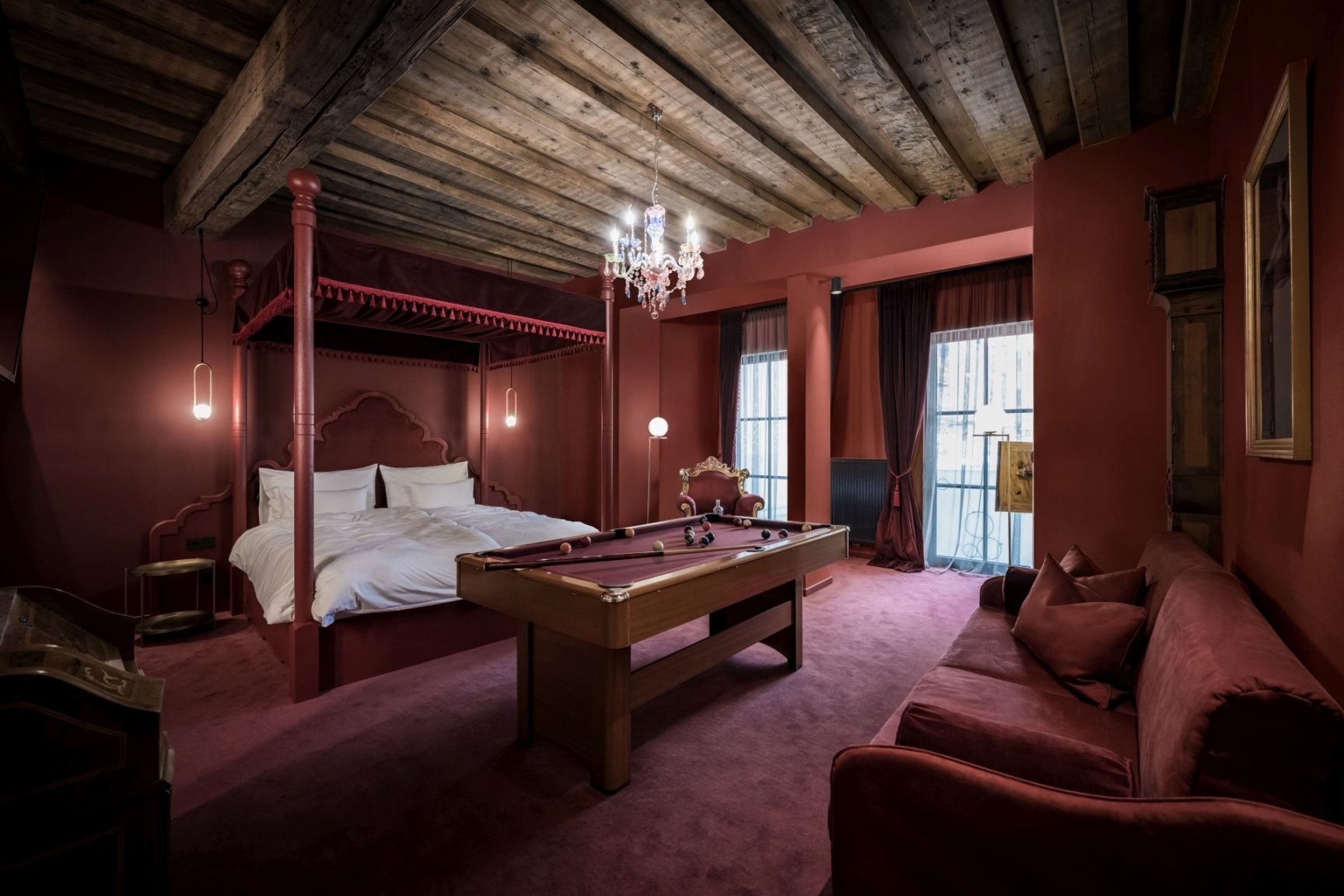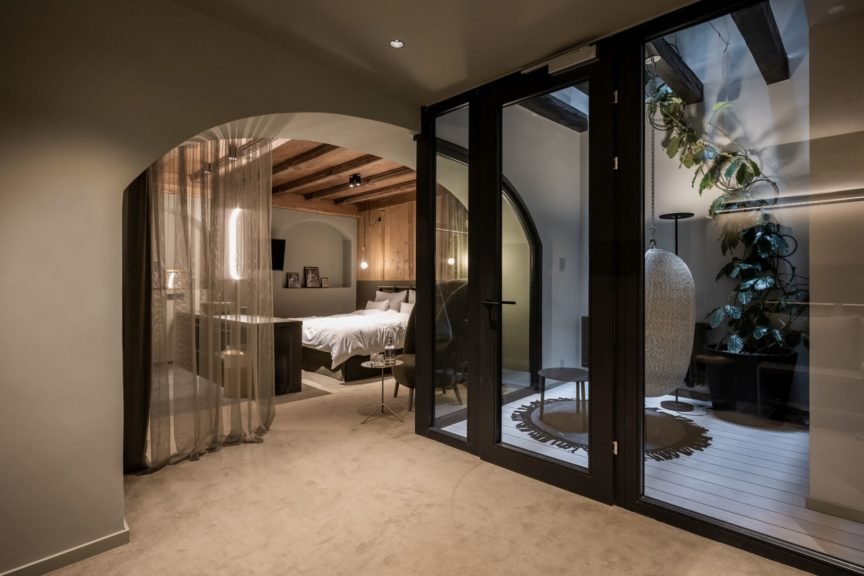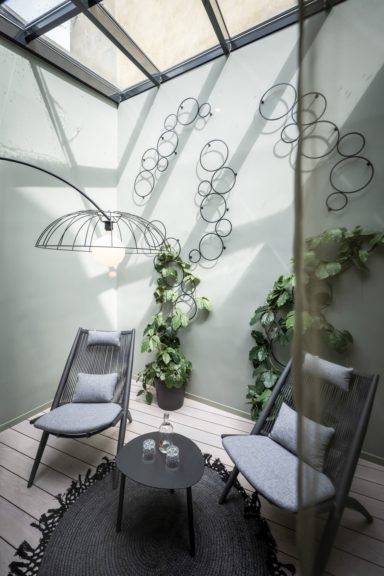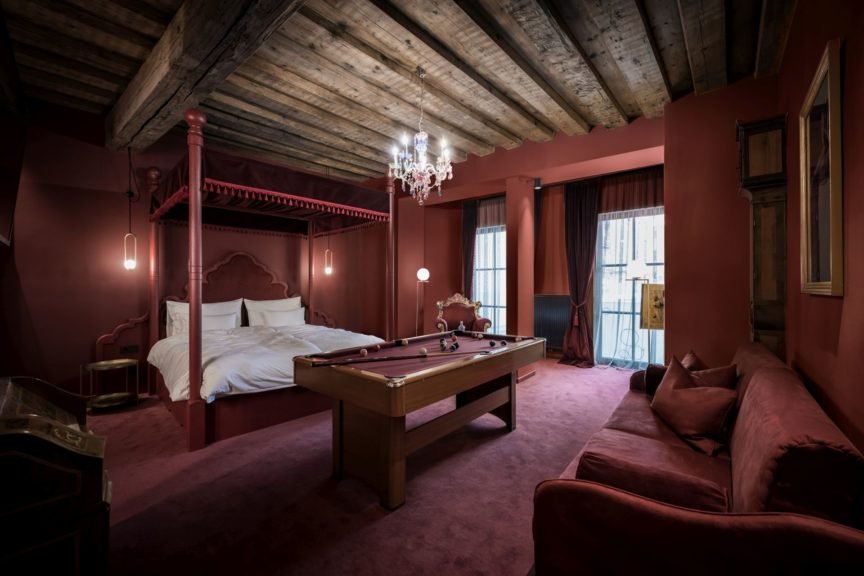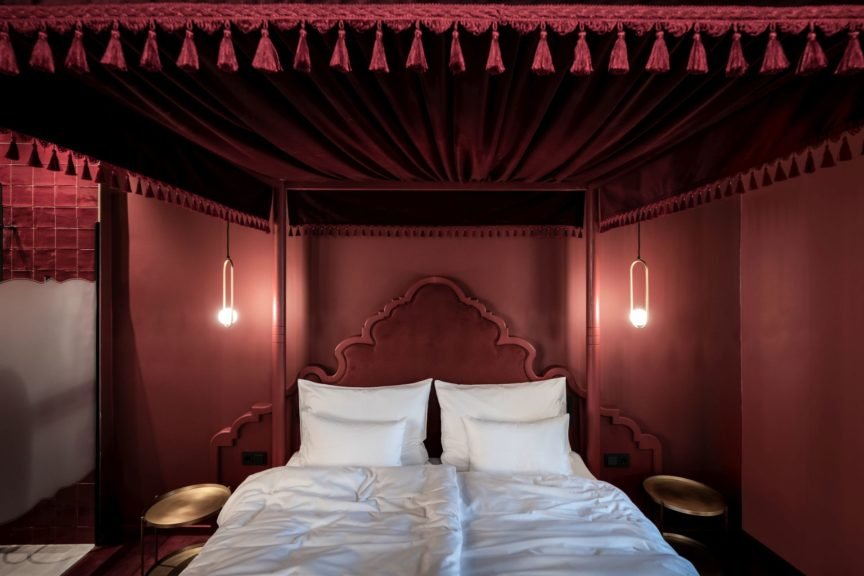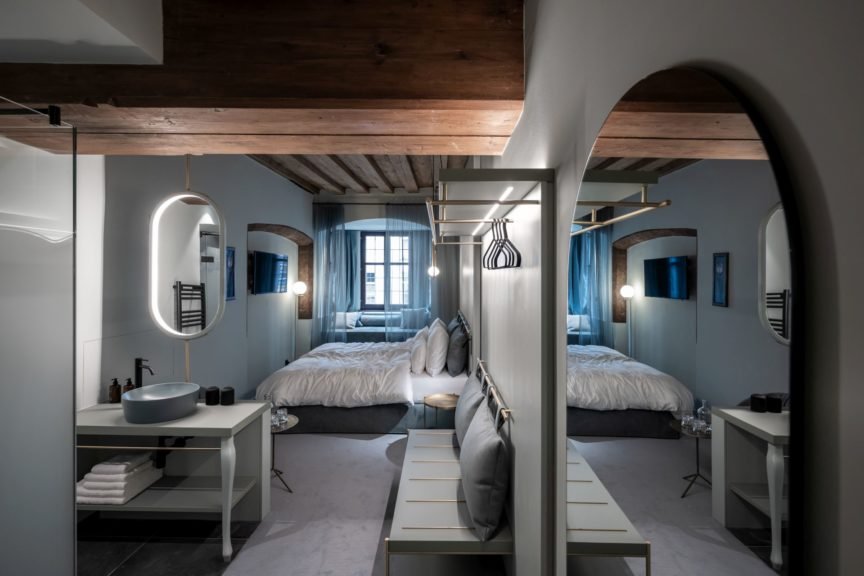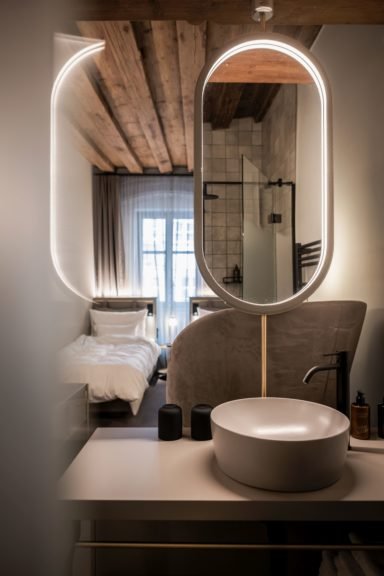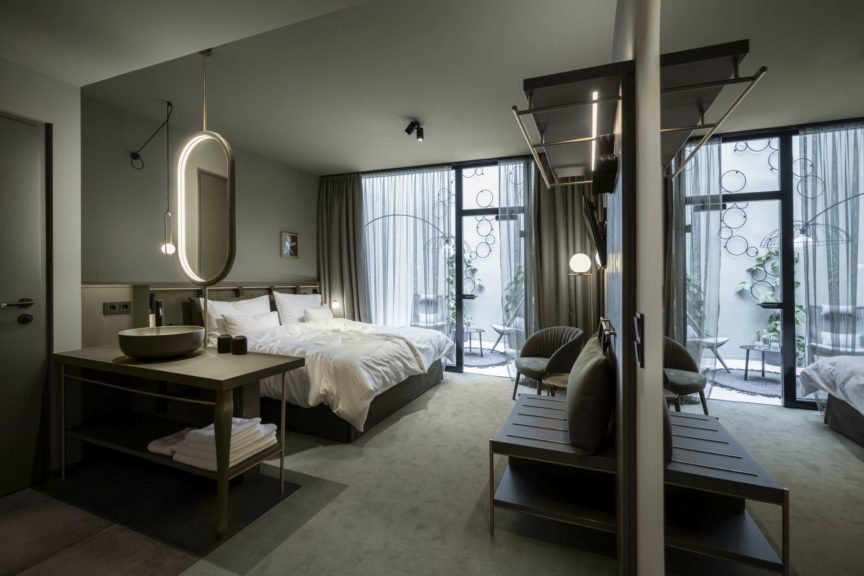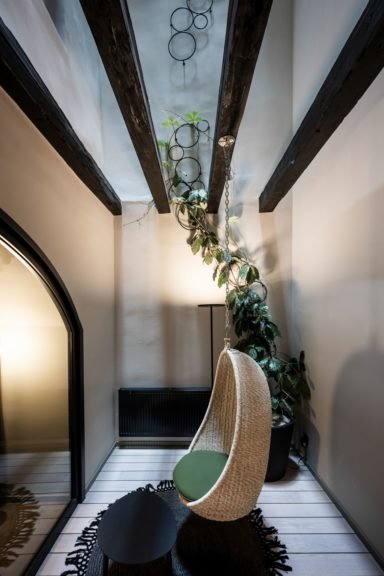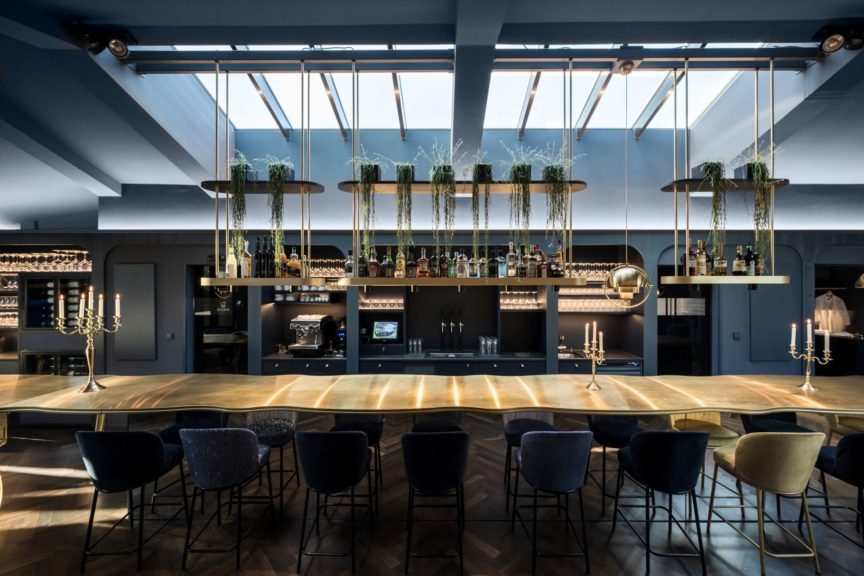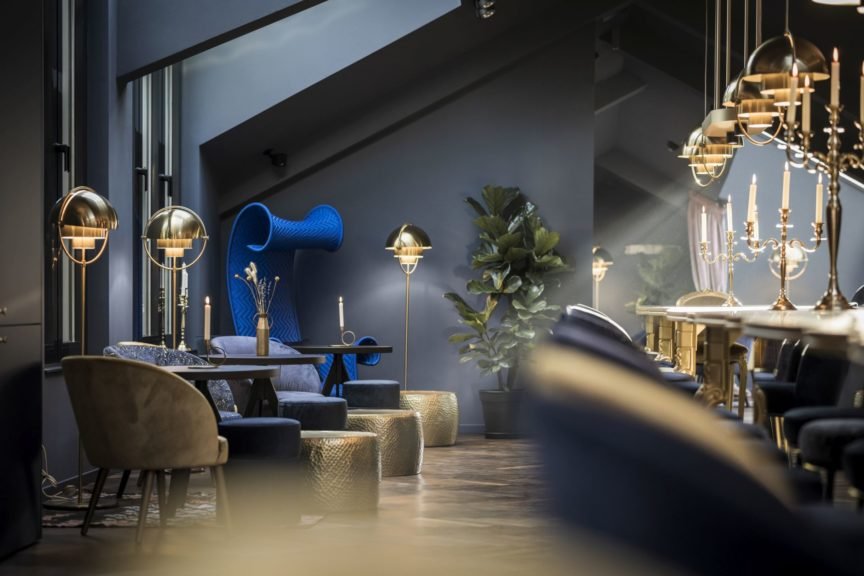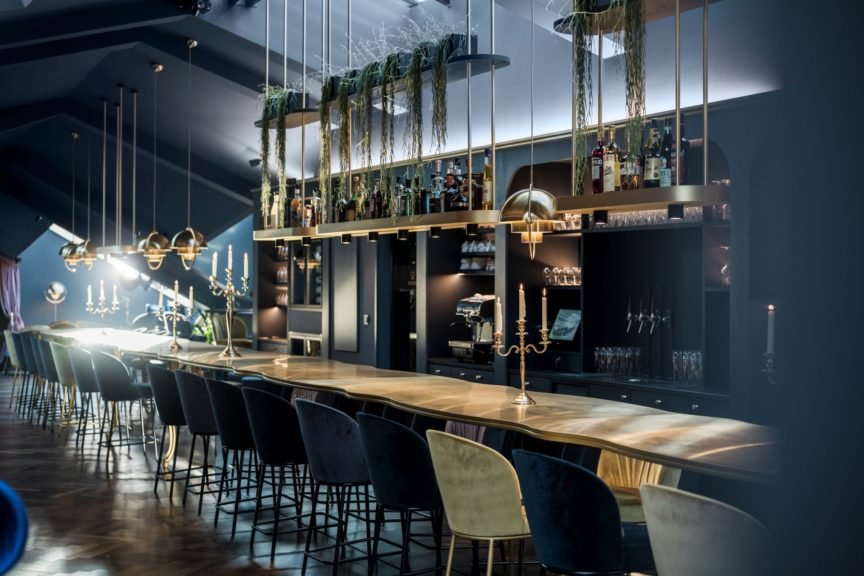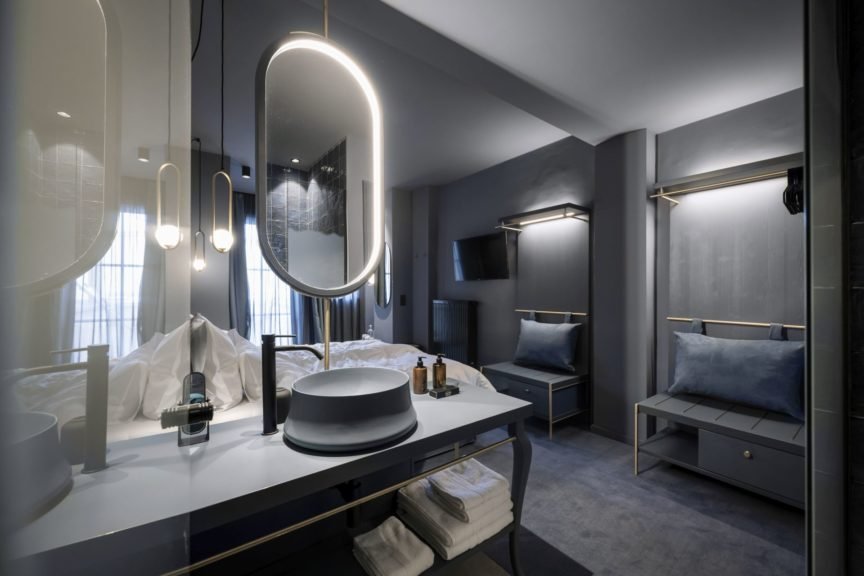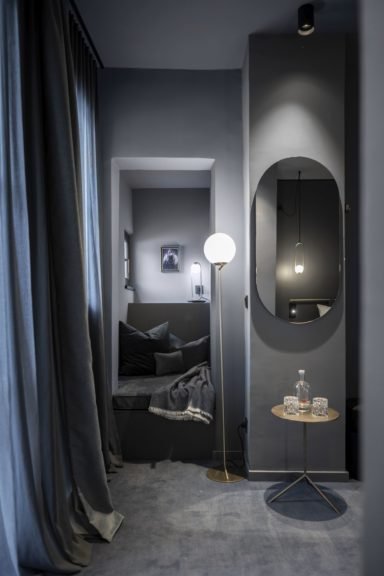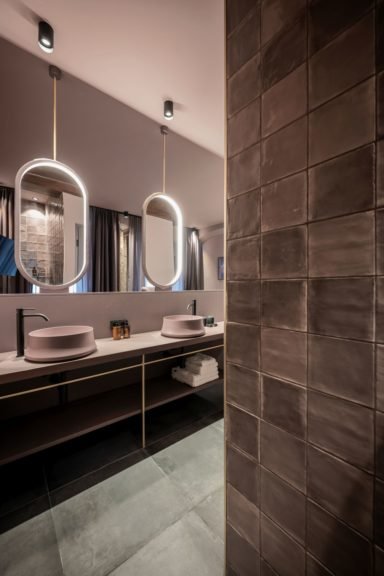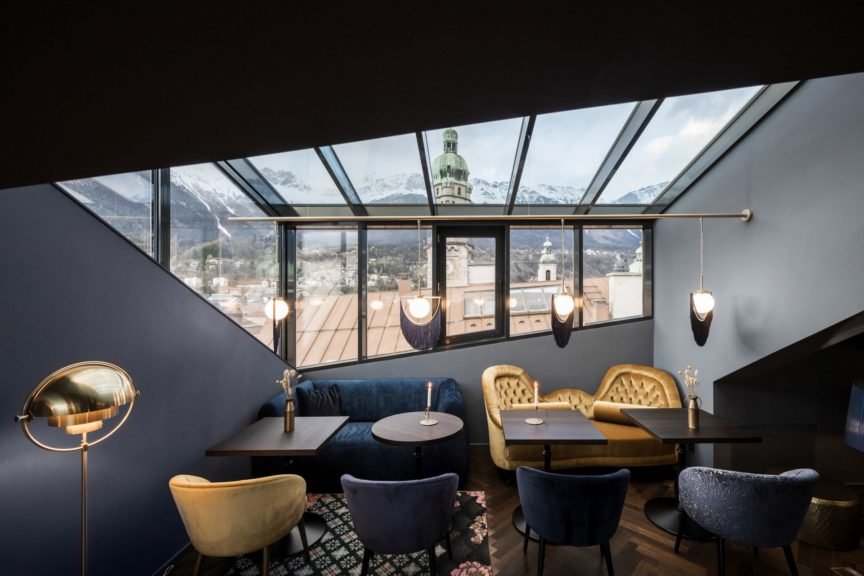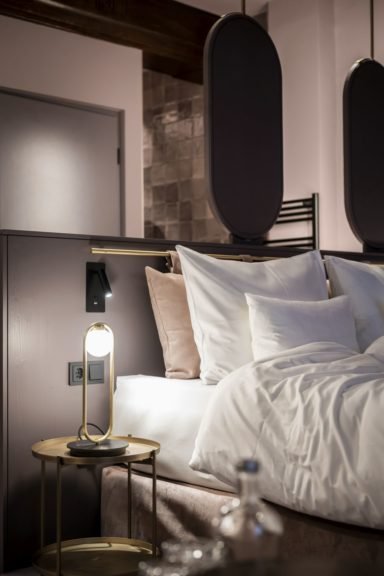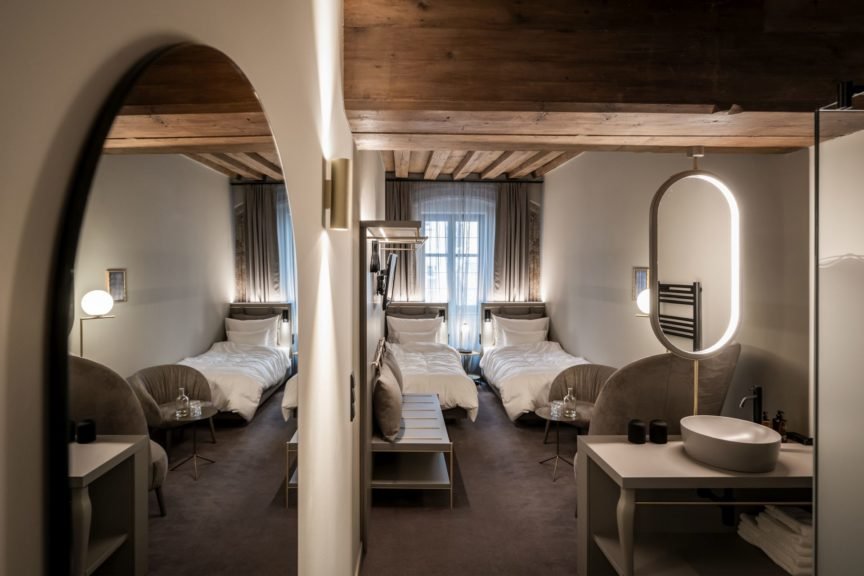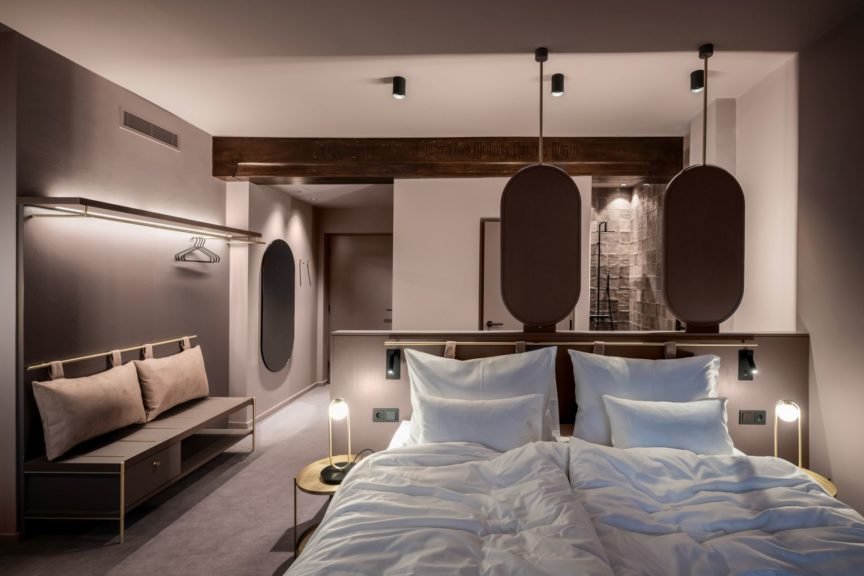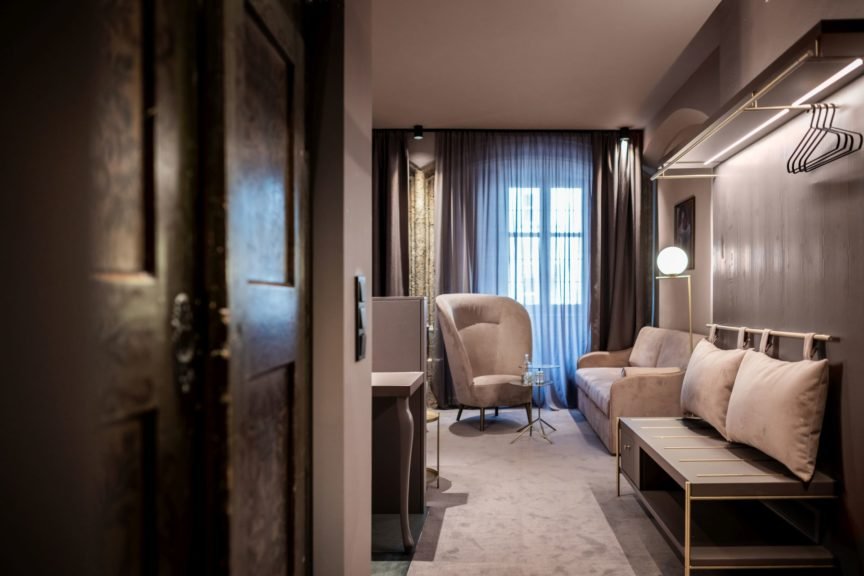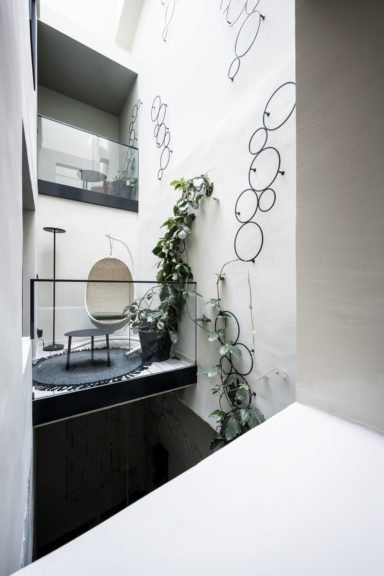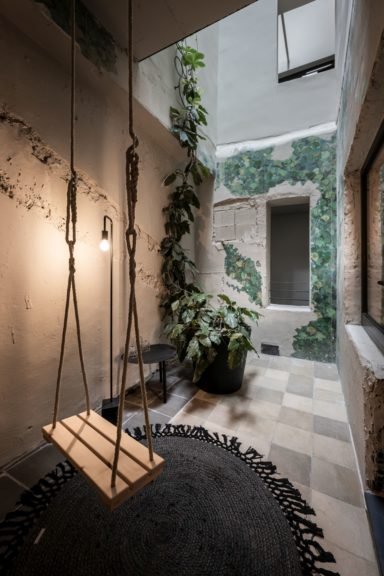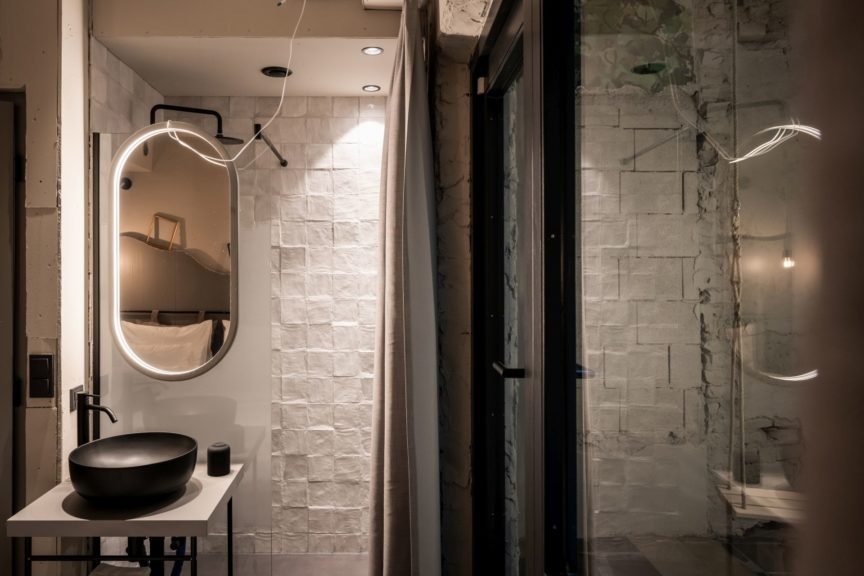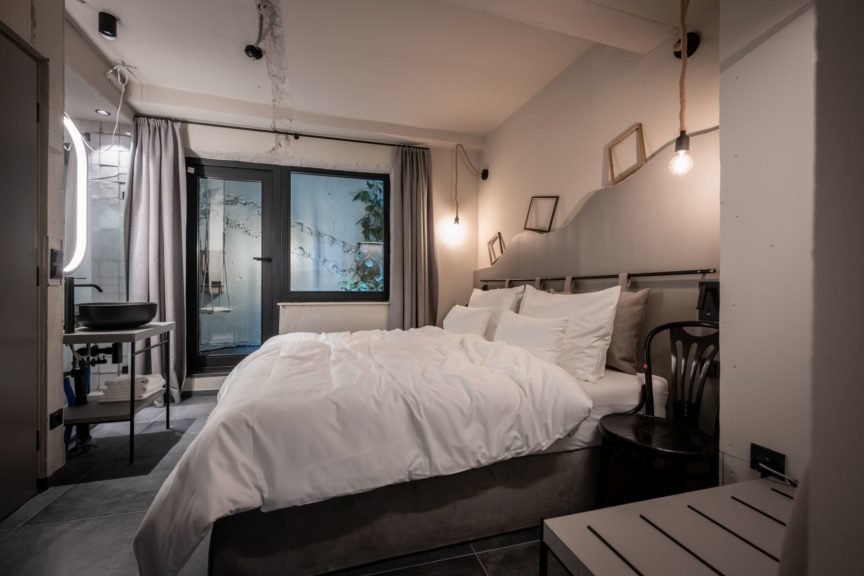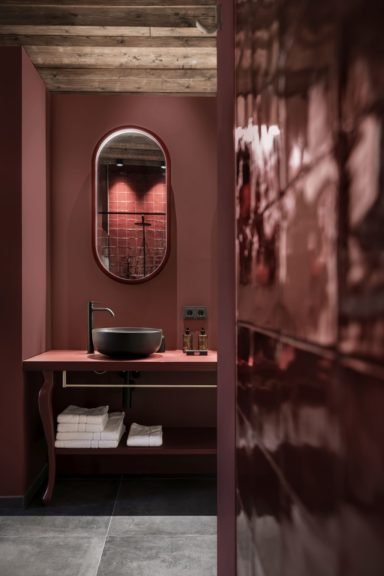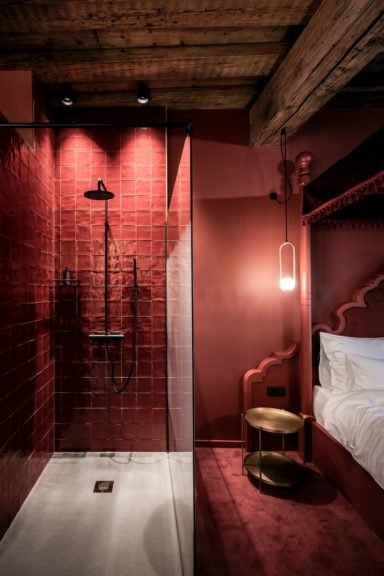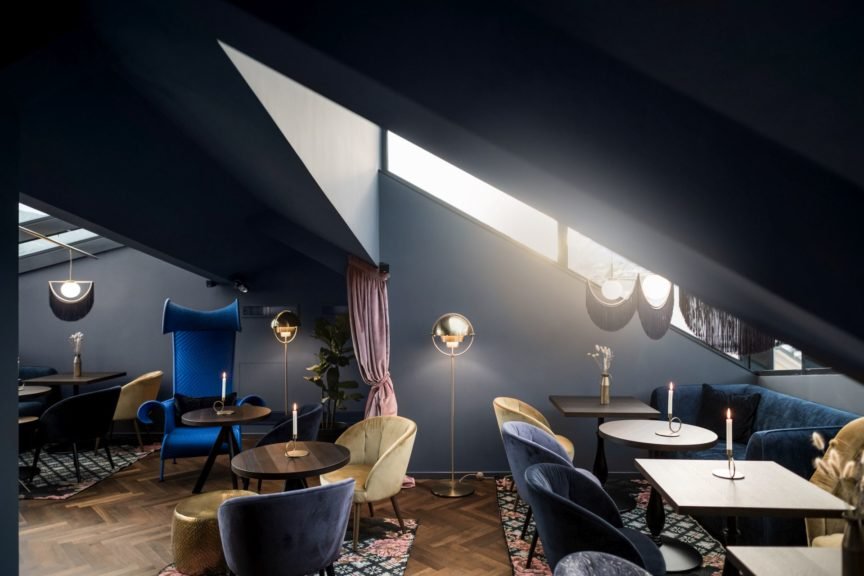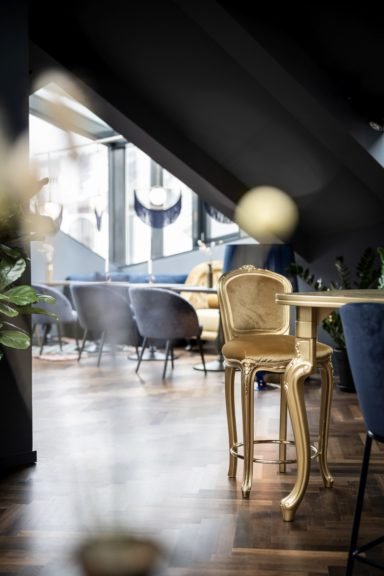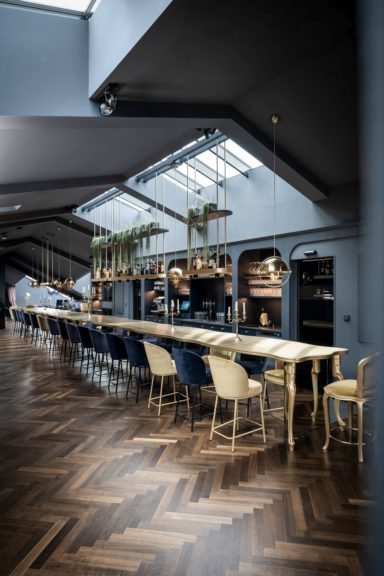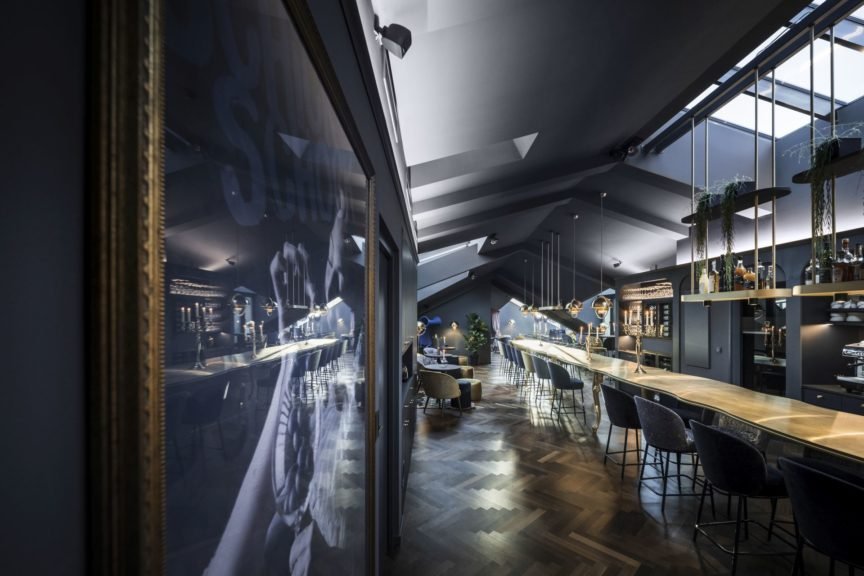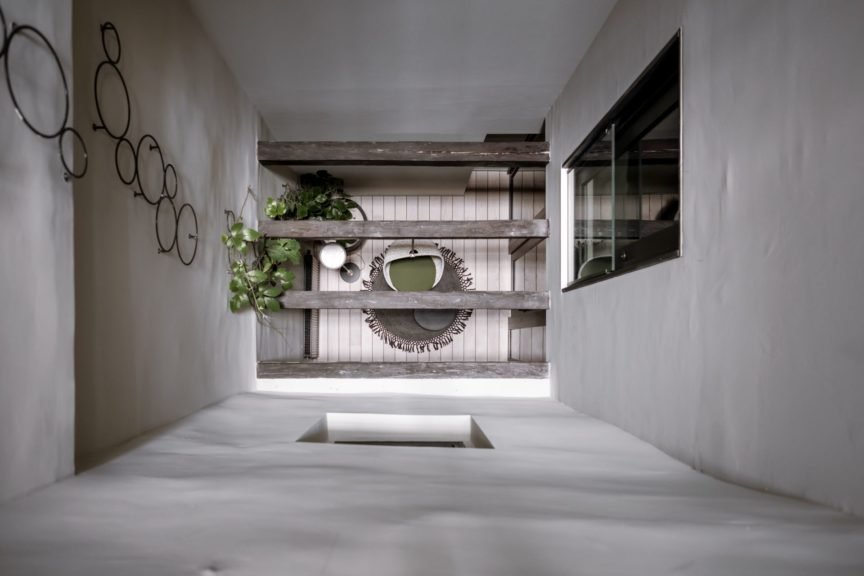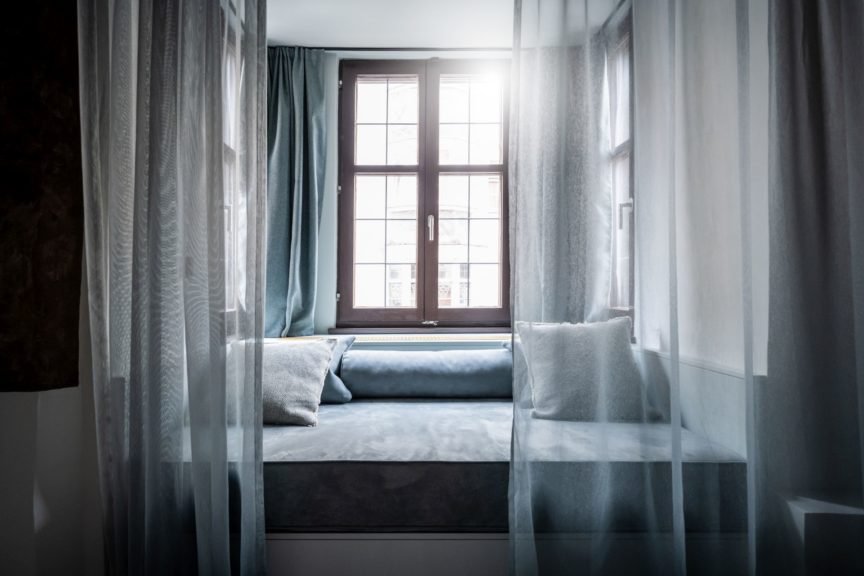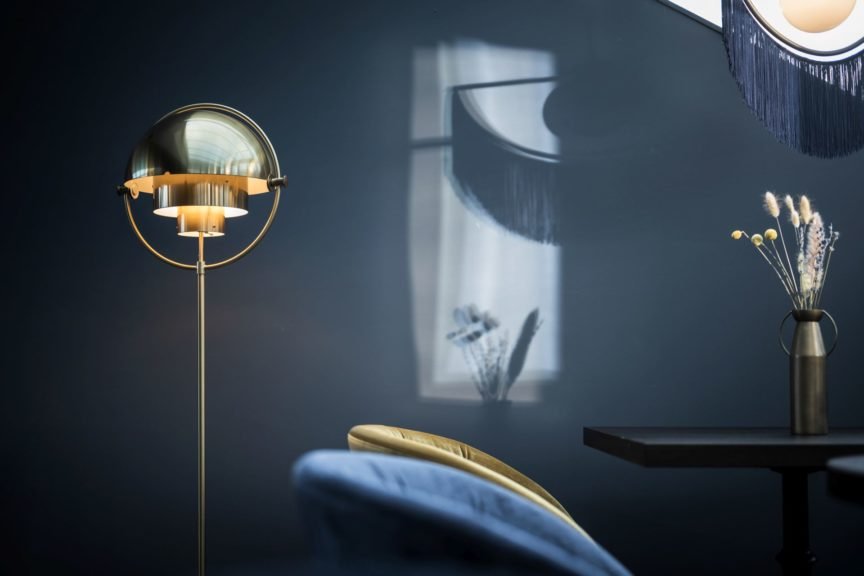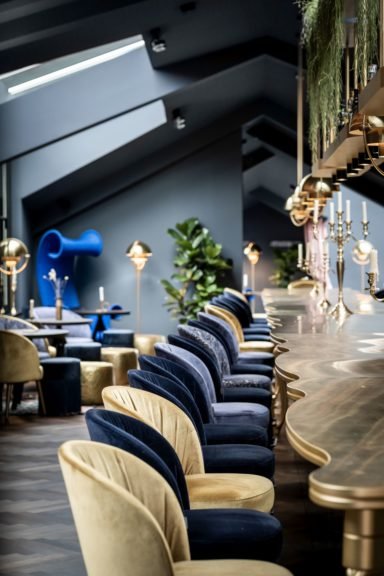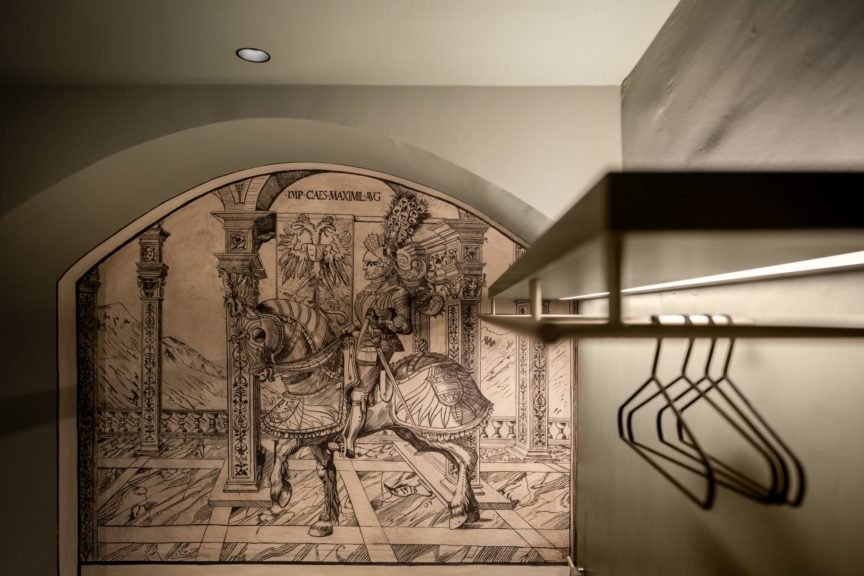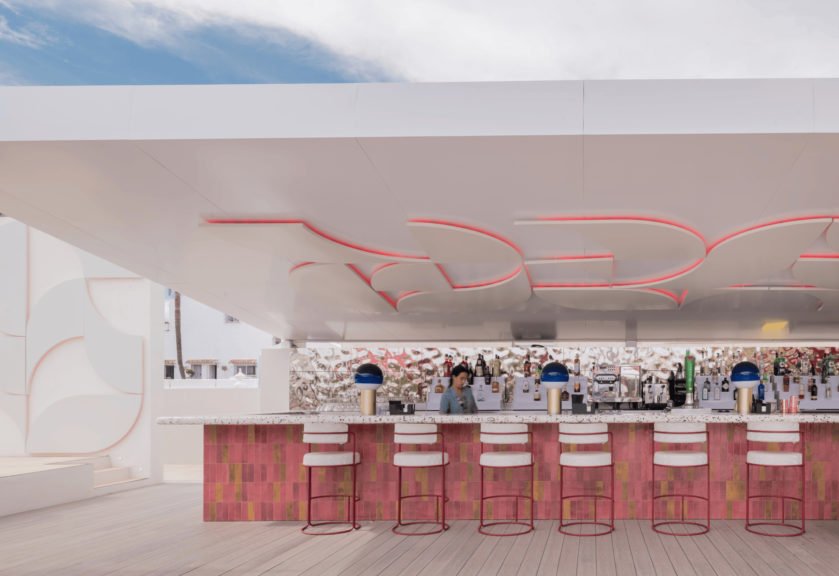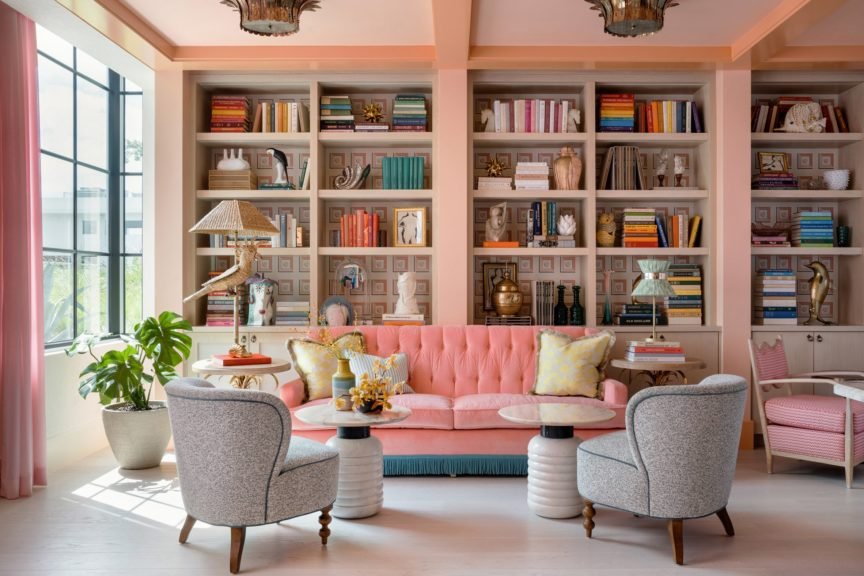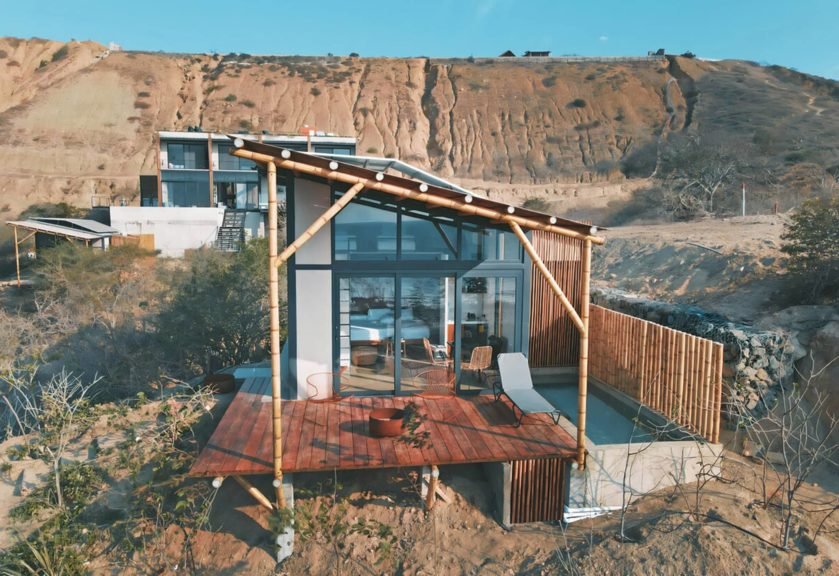About the project
The Altstadthotel Weisses Kreuz in Innsbruck’s city centre invites its guests to indulge in a refreshing and colourful journey through time with 48 new rooms and suites, where Noa* has created the perfect setting.
The venerable house in Herzog-Friedrich-Straße, which dates from the 1460s, is a building in Innsbruck’s historic streets whose architecture is inflected with architectural elements from a wide range of historical eras, having undergone constant transformation. Yet the distinct features of each period coalesce in timeless fashion to form a symbiosis of urbanism. In keeping with the rhythm of change over the centuries, the Hotel Weisses Kreuz fits into this pattern, providing a uniquely appealing architectural challenge for Noa*.
Not far from the famous Goldenes Dachl (Golden Roof), the Altstadthotel has always been a popular destination for famous travellers and historical celebrities, among them Wolfgang Amadeus Mozart, who stayed there as a 13-year-old in 1769. The building is narrow and elongated towards the rear, its front-facing arcade blends perfectly with the historical fabric of the city. During the redesign, a loft level was added to the existing six storeys, which have been extended with delicacy and professional finesse, while respecting the conservation rules. The new loft is meticulously choreographed: on the one hand, it
remains alive to the neighbourhood and cityscape by retaining its original slope towards the street-facing front elevation, but at the rear it rises in height and opens up through six glass cubes offering wonderful views over the city skyline. From here, guests can enjoy a unique panorama, taking in the Pulverturm, ski jump and Nordkette.
The new rooms and suites – or “chambers”, as the owners affectionately call them – are located on the floors below. Despite the architectural irregularity of these existing floors, with their gothic ceilings, arches and varying room heights, noa* has succeeded in bringing some kind of calm to the madness. The guest rooms facing the street allow you to engage in the hustle and bustle of Innsbruck’s old town just by looking out of the window, while those facing the inner courtyard delight with an internal patio or balcony creating a secluded idyll. For the windowless central part of the building, noa* has devised a particularly ingenious way to make use of the space here while allowing these rooms to receive natural light. They are lit via an internal courtyard between the first and sixth floors and have a small private, landscaped terrace.
The rooms themselves have consistent colour codes. Each is immersed in a monochrome colour and becomes the setting for the baroque elements. Colour is part of the journey through time that the guest embarks on. Each hue gives an indication of the configuration of the respective room. When compared to the light blue rooms, the red rooms are slightly more spacious, the dark blue rooms have a balcony, and the green rooms have a terrace overlooking the courtyard, while the grey rooms are all twin-bedded. All the furnishings are in keeping with the colour: from carpet and tiles to wall colour, curtains and
furniture.
The first floor, which has been extended into the courtyard by six rooms, create a unique impact. All the rooms have an overhead glazed terrace and a spacious outdoor area. The highlight of this floor is the “Superpatio” room with its green jungle decor, a small green oasis with antique furniture and an unusual bed. Up one floor, on the second floor, is the “Mozart Suite”, a spacious retreat where Mozart once lay to rest. Here, grandiose elements bound in red and gold. As a tribute to the famous composer, who was a keen gambler, a billiard table graces the room. A further curiosity can be found on the third floor: a “broom cupboard”, the smallest room in the hotel, which remains completely unfinished. With its unplastered walls, it is the “unstyled” centre of an otherwise meticulously designed iconic hotel. As a complete one-off, the signed tennis racket of a famous Wimbledon champion adorns the wall. The fourth floor extends into the neighbouring building – the Frank House – which has a further 10 rooms. On this floor is the “Golden Roof” room, with its opulent gilded furnishings. It was named after the Golden Roof, which can be seen from the bay window.
Products Featured
Project info
Client:
Industry:
Address:
Country:
Completed On:
Community
Interior Designers:
Photographers:

